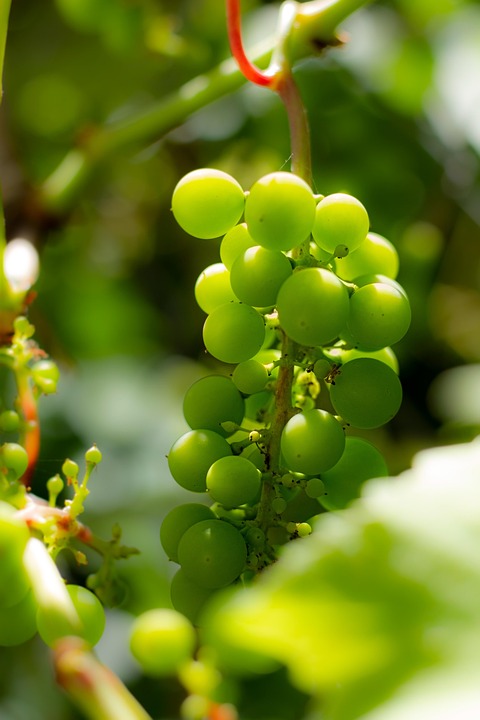Introduction
Riesling is a highly esteemed white grape variety that is widely grown in Germany, Alsace, and other cool-climate regions around the world. One of the key factors that contribute to the quality of Riesling wines is the balance between residual sugar and acidity. In this report, we will explore how residual sugar and acidity work together to create harmony in quality Riesling wines.
Residual Sugar in Riesling Wines
What is Residual Sugar?
Residual sugar in wine refers to the natural sugars that remain after fermentation is complete. These sugars can come from the grapes themselves or be added during the winemaking process. In Riesling wines, residual sugar levels can vary from bone dry to lusciously sweet, depending on the winemaker’s desired style.
Effects of Residual Sugar in Riesling Wines
Residual sugar plays a crucial role in the flavor profile and overall balance of Riesling wines. In drier styles, residual sugar can enhance the wine’s acidity, adding complexity and depth to the flavor profile. On the other hand, sweeter Riesling wines can have a more pronounced fruity sweetness, with flavors of ripe peach, apricot, and honey.
Acidity in Riesling Wines
Importance of Acidity in Riesling Wines
Acidity is a key component of Riesling wines, providing structure, balance, and freshness. The high natural acidity of Riesling grapes is what gives these wines their characteristic crispness and longevity. Without sufficient acidity, Riesling wines can taste flat and lackluster.
Effects of Acidity in Riesling Wines
Acidity in Riesling wines can enhance the wine’s overall flavor profile by providing a refreshing tartness that balances out the sweetness of residual sugar. This acidity can also help to cut through rich or fatty foods, making Riesling a versatile pairing for a wide range of dishes.
Creating Harmony in Quality Riesling Wines
Balance Between Residual Sugar and Acidity
The key to creating harmony in quality Riesling wines is finding the perfect balance between residual sugar and acidity. When these two elements are in harmony, the wine is able to express its full potential, with a seamless integration of sweetness, acidity, and flavor complexity.
Winemaking Techniques for Achieving Balance
Winemakers use a variety of techniques to achieve the desired balance between residual sugar and acidity in Riesling wines. This can include adjusting fermentation temperatures, blending different vineyard lots, or halting fermentation early to retain a certain level of sweetness.
Industry Insights
Financial Data
According to industry reports, the global Riesling market is experiencing steady growth, with increasing demand for high-quality wines from consumers around the world. In 2020, the total value of Riesling exports reached $X million, with top producers such as Germany, Australia, and the United States leading the way.
Emerging Trends
One of the emerging trends in the Riesling market is the growing popularity of dry Riesling wines, especially among younger consumers who prefer wines with a more restrained sweetness profile. Wineries are responding to this trend by producing more dry and off-dry Rieslings to meet consumer demand.
Conclusion
In conclusion, the balance between residual sugar and acidity is a crucial factor in creating harmony in quality Riesling wines. When done right, this balance can elevate the wine’s flavor profile, complexity, and overall enjoyment. With the global Riesling market on the rise and emerging trends shaping consumer preferences, it is clear that Riesling wines will continue to be a favorite among wine enthusiasts for years to come.




